Photo Gallery
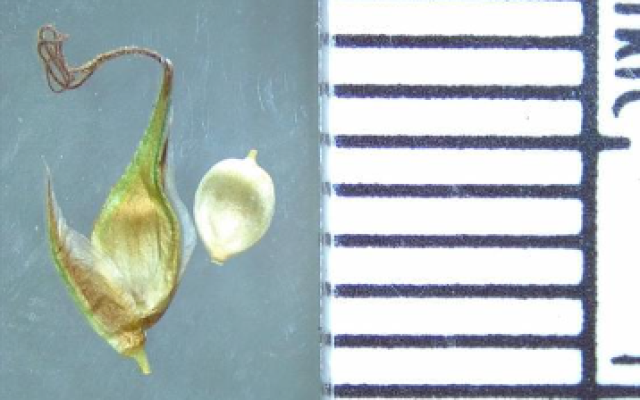
Out of the field and under the scope
In order to properly identify certain species, especially sedges (shown here), we use dissecting scopes to get a closer view of the scale, perigynia, and achene.
Photographed by T Chisholm
November 26, 2021
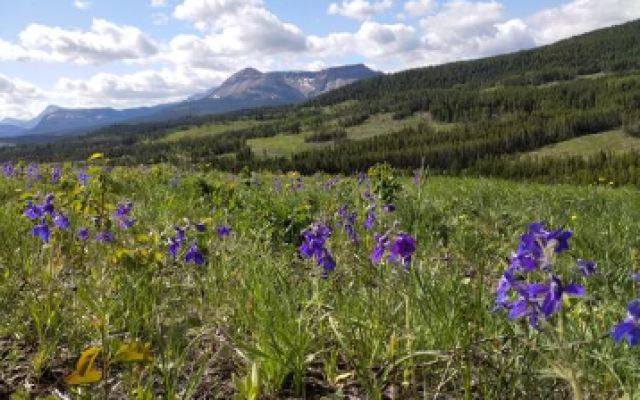
Castle Provincial Park meadow
Wildflowers growing in a grassy meadow just off the 774 Road in Castle Provincial Park, Alberta.
Photographed by T Chisholm
May 30, 2018
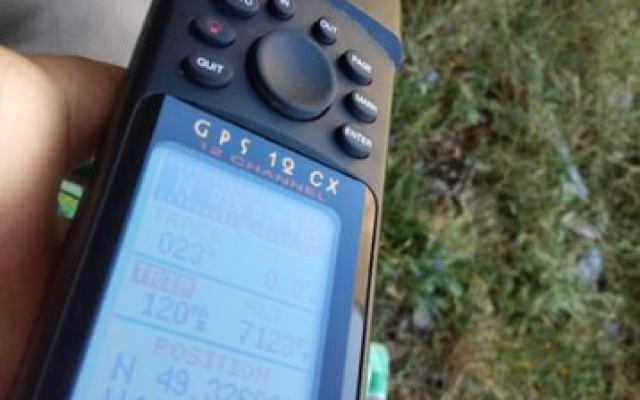
Location, Location, Location!
Good botanizing requires reliable GPS technology to locate and gather important geographical data on where a specimen was collected. Does that say an altitude of 7123 ft?! That's 2171 m!
Photographed by T Chisholm
August 1, 2008
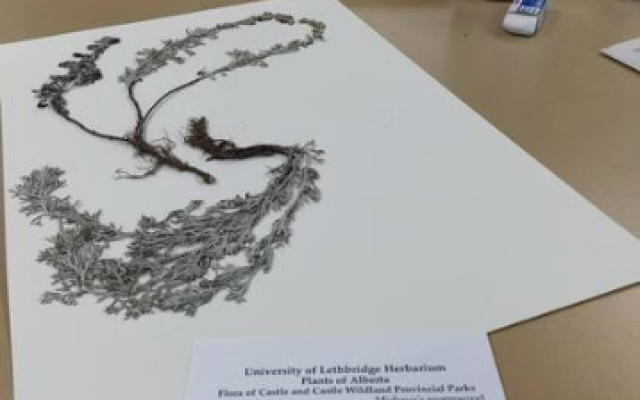
Scientific…arts & crafts?!
Once a specimen has been properly collected and dried, it is mounted on special herbarium paper. A label is then attached to document collection information of the specimen.
Photographed by T Chisholm
October 4, 2018
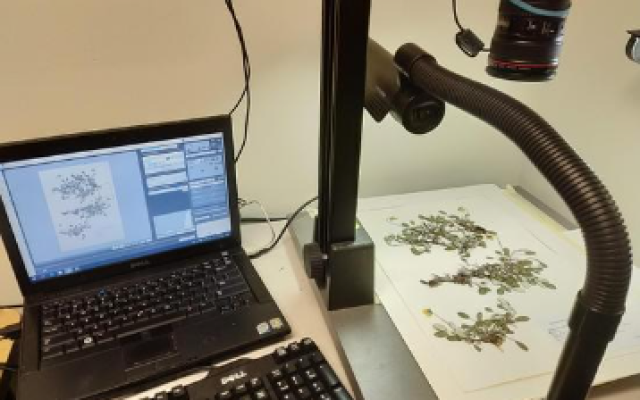
Lights, camera, action!
Photographed by T Chisholm
November 2, 2018
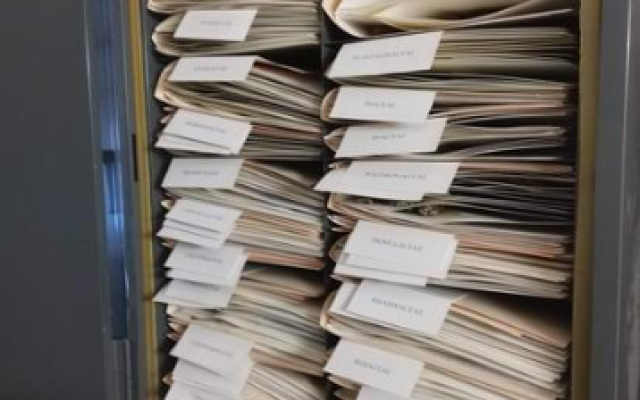
The Castle Inventory Project
In 2018 and 2019, Dr. Bain and his crew surveyed the entire region of Castle Provincial and Castle Wildland Provincial Parks to document what vascular plant species are found in one of our newest protected areas.
Photographed by T Chisholm
December 5, 2018
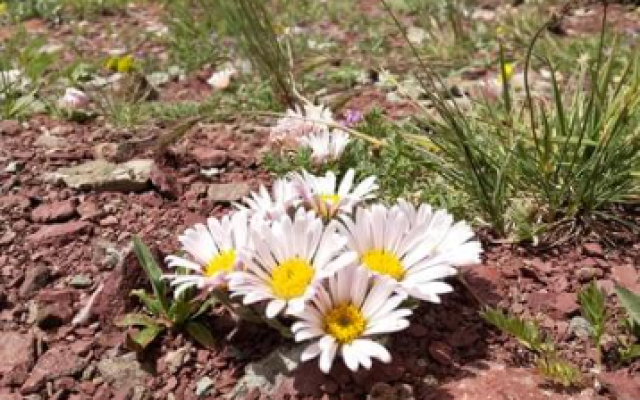
Botanizing in the mountains
Nothing beats a good, long hike when you come across rare plants! Shown here is Townsendia condensata Parry (alpine townsendia), ranked provincially as imperiled (S2) in Alberta.
Photographed by T Chisholm
July 9, 2019
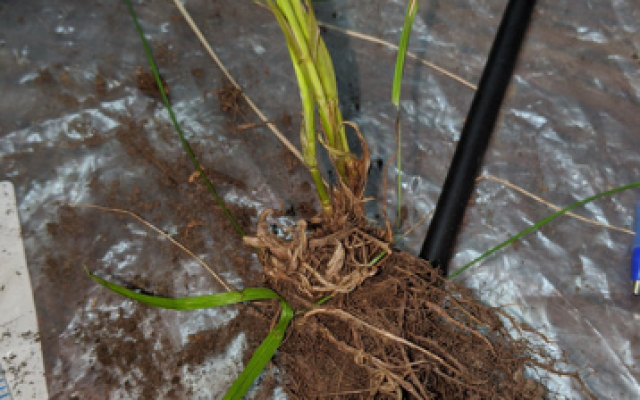
Specimen collections keep the herbaria going!
Here at LEA, with proper collection permits, we process specimens that have been collected in the field from various research projects and store them for future reference and continued documentation of regional flora.
Photographed by T Chisholm
July 1, 2020
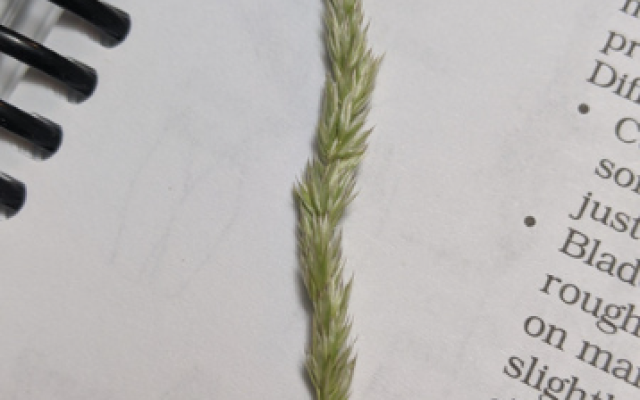
Grasses are more diverse than you think!
Looking across a coulee or meadow, grasses (Poaceae family) can often be overlooked. A good floral key and a good lens or microscope is needed to see the flowers of these plants.
Photographed by T Chisholm
July 7, 2020
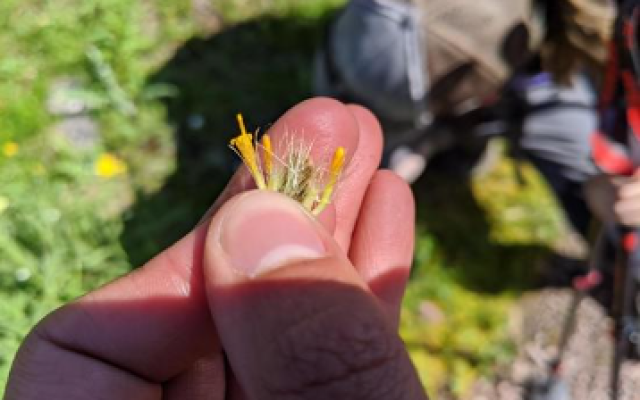
Flowers among the flowers
Did you know that the head of a sunflower is composed of many smaller flowers called ray (the pretty petals) and disc (the middle bit) flowers? Examining these characteristics can lead to proper identification of the Asteraceae family.
Photographed by T Chisholm
July 22, 2020
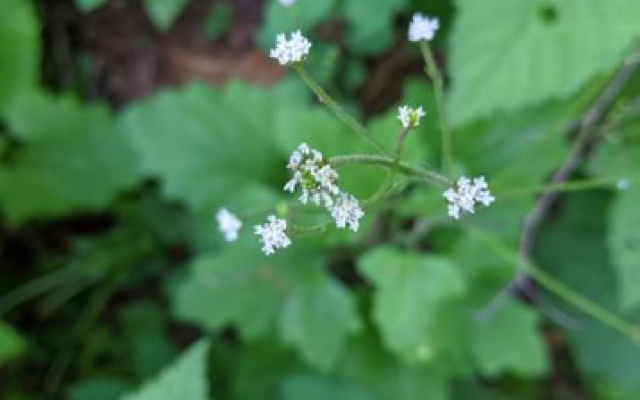
Lost in a sea of green
Adenocaulon bicolor W.J. Hooker (pathfinder) shown here was aptly named because the fuzzy white underside of the leaves would become more visible if one tramples over these species in the endless green forest understorey.
Photographed by T Chisholm
July 9, 2023
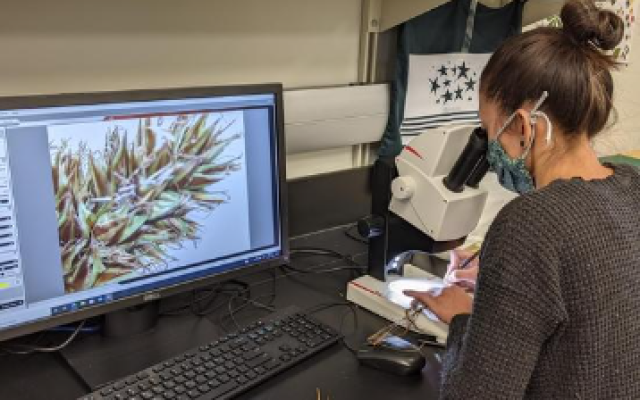
The scope of it all
At LEA, we don't just house dried plants. We are a resource for botanists, ecologists, other researchers, and students. Having a collection of different species found in nature helps to document the vascular diversity we see today, so that we can use this information to compare changes in the future.
Photographed by J McCune
November 24, 2021




